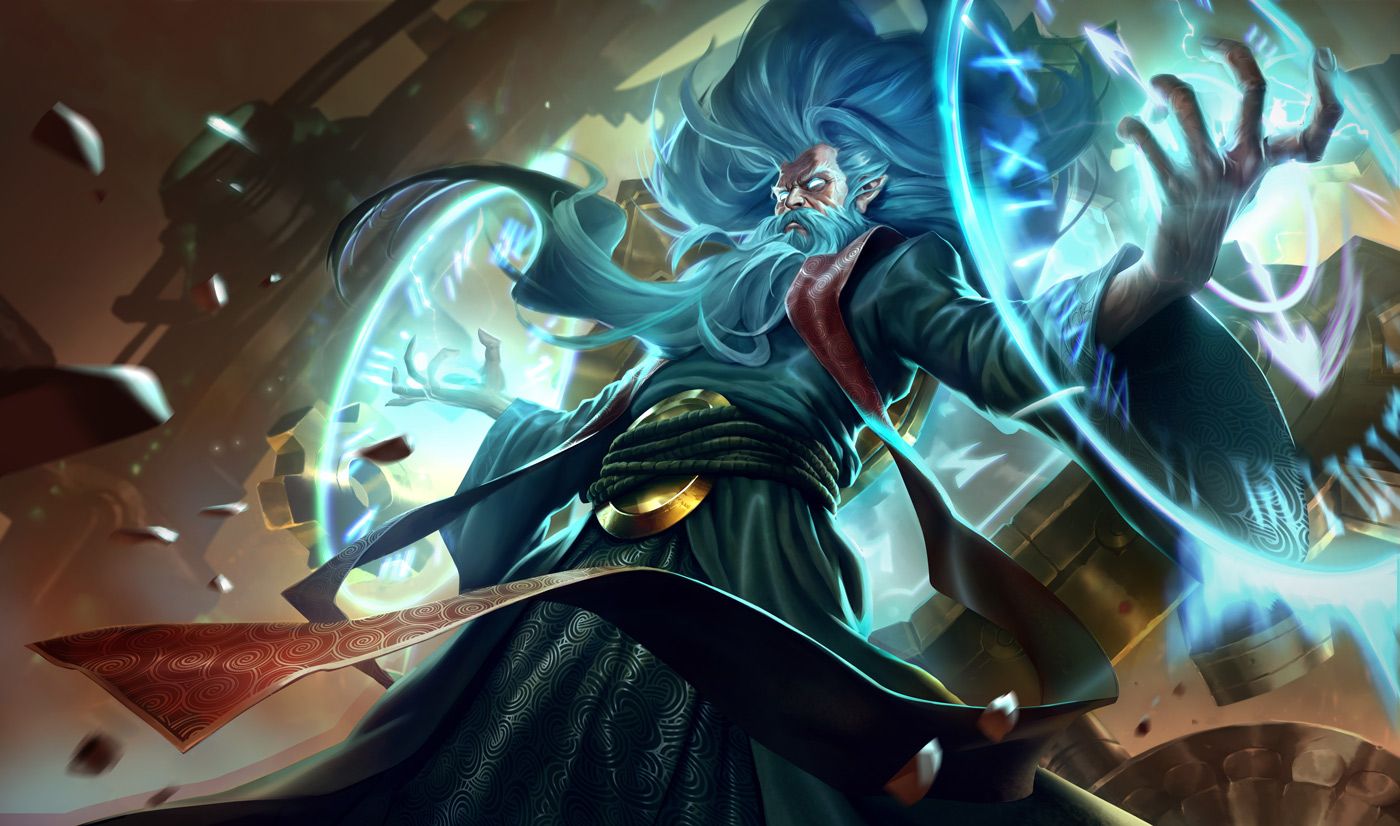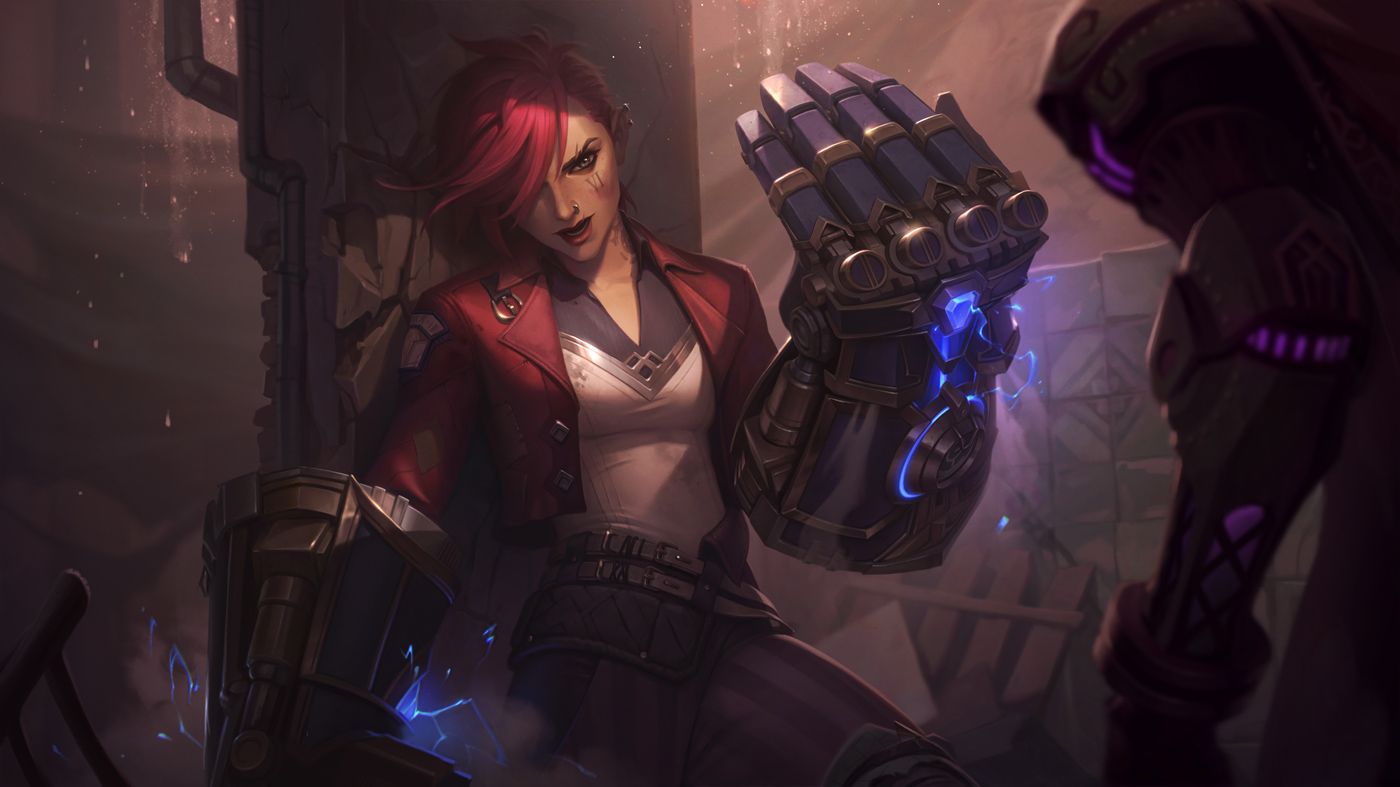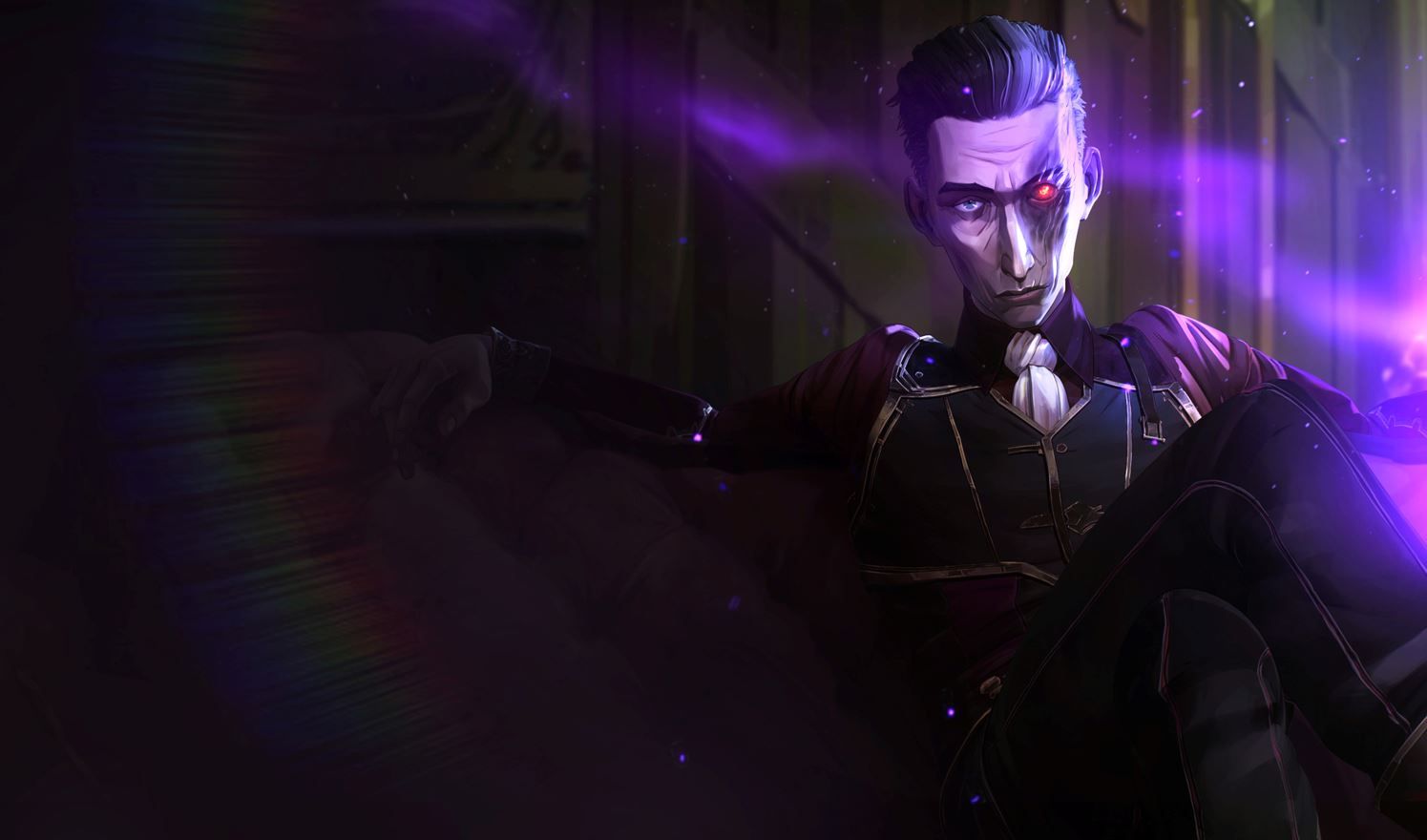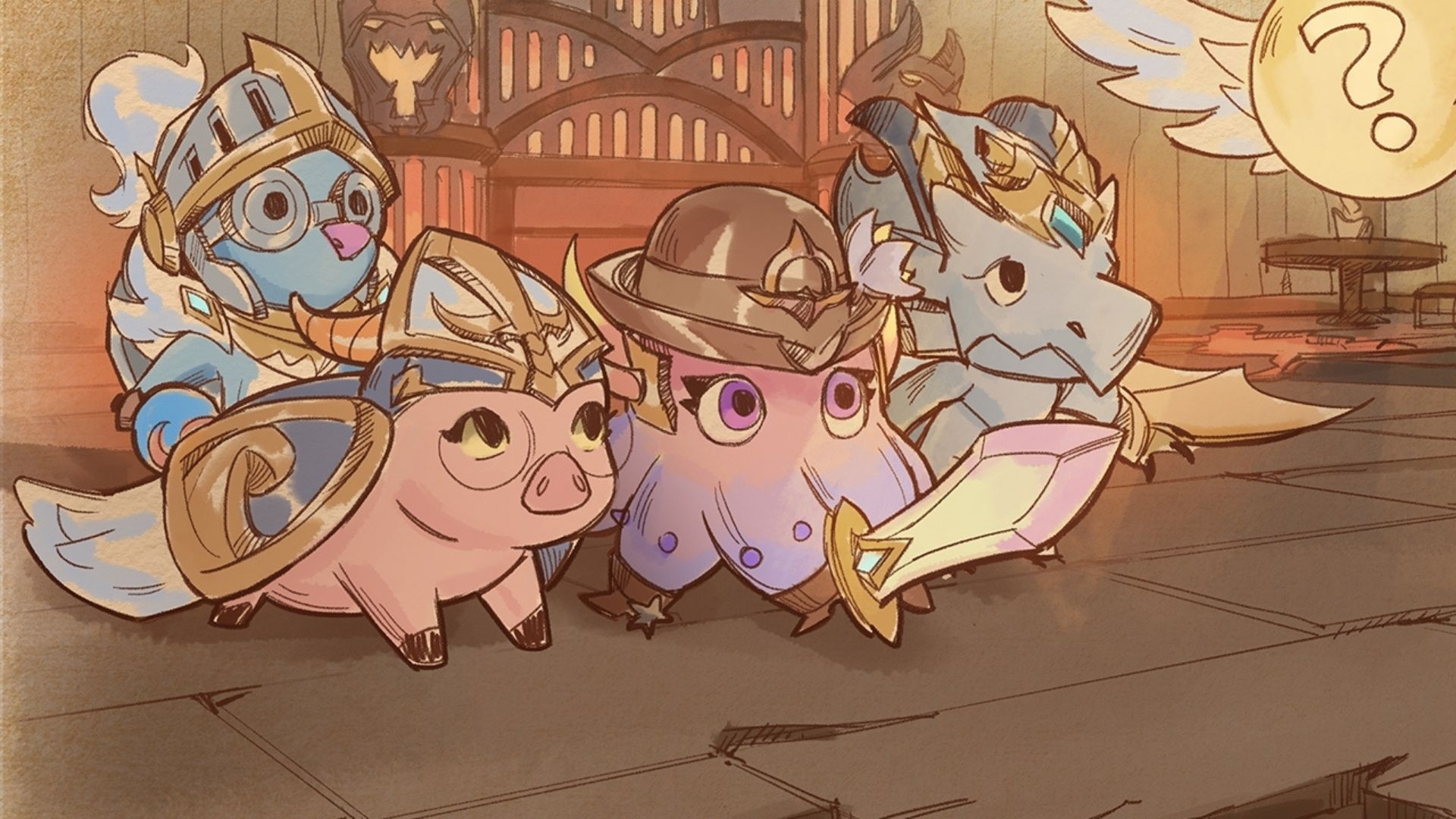Talking Tactics: The Game Dev’s Dilemma
TL;DR: In this /dev blog I break down the three reasons why the expectation of a dev to be highly ranked in their game is not a worthwhile effort for creating a better game.
Hi, I’m Mort, Game Design Director for Teamfight Tactics since, well, its launch. Here, I want to chat about the expectations that come with the role of a game dev. That story starts with me finally making Challenger. With Gizmos & Gadgets being our most dynamic set yet, I wanted to prove to myself that I could hit Challenger once and for all. It was a grind for sure and it put me the closest I’ve ever been to burning out, but I’m glad I can finally say that I was part of the top 250 players in our region. But, I’ll save the self-congratulations for another post—right now, I’d like to discuss the expectation that in order to work on a game, you need to be the best at it.
The expectation that to work on a game, you must be at the top of the game's player base is a problem that persists throughout the entire games industry, not just TFT or League of Legends. I’ve had many people say my claims as a dev aren’t valid because I’m not Challenger. I’ve watched coworkers get roasted for only being Diamond, top ∼4% of players. And I’ve seen devs for other competitive games go through similar accusations. And it’s all ridiculous.
Let’s break down the three main reasons why we shouldn’t ask devs to be the very best at their game.
- Time commitment
- Design improvements
- Audience understanding
Time Commitment
Game devs work 40+ hour work weeks, and while a small portion of that work time involves playtests, these playtests are not done on live servers. Instead, they are done in environments where we often are trying our best to break the game, see what fails, and what prevails. We are testing future versions of the game, sometimes the next patch, but oftentimes the next mid-set, or next set entirely—which I would add, creates habits that are not great for climbing the live Ranked ladder. No part of this 40 hour work week consists of climbing the Ranked ladder. Now, ideally, devs are also playing their game a bit outside of work—and trust me, we all are. But how much time are we reasonably supposed to spend playing outside of work? It took me close to 400 games in two months to reach Challenger, which amounts to more than 300 hours in around 8 weeks. If we count that as part of the job, that’s around another 25-30 hours a week. That, in addition to already working full time on TFT, is a recipe for burnout. You want your devs to have a healthy work life balance, and to have experiences outside of TFT to make them well rounded. Family time, other games, exercise, etc. will all make devs more resistant to burnout, while also being better and healthier people overall. The expectation of a dev to be in the top 1% of players (or higher) is an expectation for that dev to work 70 (or more) hours a week—an unreasonable expectation to put on anyone, dev or not.
Design Improvements
Regardless, good devs are still going to PLAY the game they work on. And that’s good! With that time though, what do we want them to be doing? Do we want them grinding the Ranked ladder by playing the way high level guides already tell them to, practicing known combos or one tricking a single champ? OR, would you rather them use that time to figure out ways to make the game better? Trying champs they don’t play so they can understand what the pain points are, or figuring out why decks and cards don’t work well at high level? If you want a better game you want the latter. I’ll say personally one of the reasons I never hit Challenger in previous sets was because I always focused on trying the non-meta stuff to discover what needed to be improved. But, during this climb, I’ve avoided comps I’m not comfortable with, I’ve been sticking to the same few strong early game items, and I’ve played to win as opposed to learn. This isn’t what a game dev should be doing. We should want our devs playing reroll Vi to figure out how to make it viable, or trying Locket builds to see if the item needs to be buffed. Devs already know what wins, we see it every day in our data, we hear about it everyday from our top players, we live it every day in our balance discussions—what devs don’t see often enough are the things that are underplayed, underpowered, or just have yet to be discovered, and that’s what a dev should be playing the game for.
Audience Understanding
If you enjoy the game you play, you want it to be popular so the game can thrive. The way to do that is to increase the games’ appeal and accessibility for a wider audience. The truth that competitive players often push back on is that if you want millions of players, you need a game that millions of players can enjoy. High level players and more junior designers will often make the mistake of designing games for themselves, which leads to very inaccessible games. And yes, TFT is guilty of this to an extent. But it’s something we are getting better at with more accessible big vertical traits that, while aren’t the most powerful way to play the game, they are viable. But further than this level of accessibility, it’s important to have a variety of developers with a diverse set of experiences to make sure the game can appeal to any skill of player, and any play style. That’s why we consistently ask ourselves what makes playing TFT fun—not just for ourselves, at our skill and preferred playstyle, but for all our players.
Take our iterations on Silco that Chloe “Alice of Clubs” Wright and the rest of the team made for our mid-set, Neon Nights. An early version of Silco had him never auto-attack. Instead, he gained mana each second for each living ally, and casted a buff on his allies as his spell. But the really exciting cast came at the end of the fight, where he summoned a Monster, similar to the Monstrosity from Reckoning’s trait, Abomination. But Silco could only summon the Monster when he ran out of allies to buff with his spell. This complication created confusion, because on the surface it asked you to do two opposite things: have a lot of allies, and have few allies.The goal had been to make it so that the player needed to keep their whole team alive for long enough to allow Silco’s big cast to go off, but in practice it was just confusing, clunky, and required the player to build an all-tank army to stall for the big cast to go off. Gameplay like this can add a ton of unique depth and challenge to the game, trying to form the perfect comp to execute on, but in practice they end up extremely unfun to play against and aren’t intuitive for most of our players. With Silco having such broad appeal, Chloe and the team went back to the drawing board in efforts to create a play pattern that was easier to understand and more fun than the stall till you win strategy.
With that in mind, we returned to ask ourselves: what makes playing TFT fun, for everyone?
And I’ll tell you now that answering this question is a hell of a lot easier if you have a diverse group of devs. It takes more than just a bunch of high level players to find and extract the essence of what makes a game fun. It takes a variety of life experiences, game philosophies, play style preferences, and skill levels. And I’m proud to say that on the TFT team we finally have that—and it shows with the continued popularity of Gizmos & Gadgets.Closing
Lastly, I wanted to bring attention to the psychological stress that comes with constantly performing to the best of your ability while playing your favorite game. It’s so simple that we often forget: we are gamers because gaming is fun. If a dev wants to kick back and reroll while catching up on their latest binge, they should be able to enjoy that.
I could go on and on, but I want to close out with the fact that hitting Challenger took a lot out of me. I’m lucky enough to have a supportive wife who wanted me to do it to “prove the haters wrong.” But I’ll likely never push for a high rank this way again. Pushing for higher ranks on the ladder is not the best use of time if the ultimate goal of the TFT dev (or any other game) is to make their game the best it can be. And I hope, for those of you reading this, that you’d agree. That you want your favorite game’s devs to not burn out, and to be the best they can be, so that your favorite game continues being just that: your favorite.



